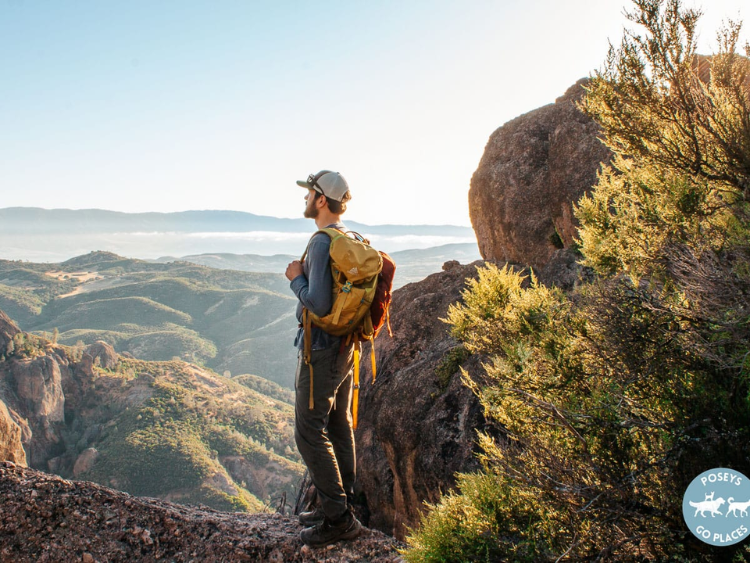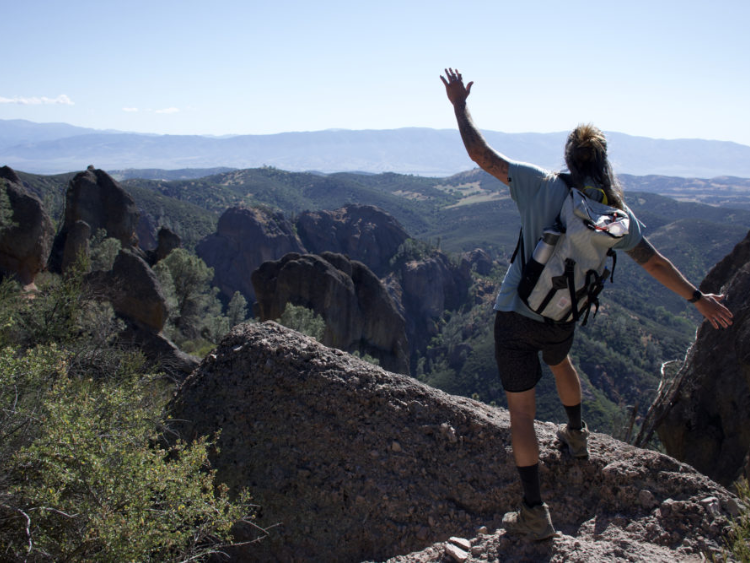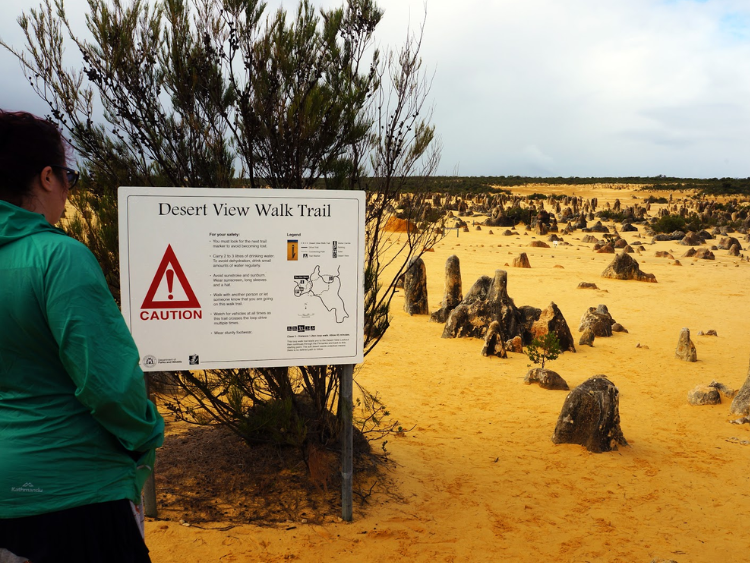
Pinnacles Desert is located within Nambung National Park, which is in the Wheatbelt region of Western Australia. It's about 200 kilometers north of Perth, the capital city of Western Australia. The desert is famous for its unique limestone formations called "pinnacles."

The limestone formations in the Pinnacles Desert are estimated to be thousands of years old. They began forming as limestone deposits accumulated on the seabed millions of years ago. Over time, geological processes such as erosion and weathering sculpted these formations into the unique pinnacles that we see today. While the exact timeline of their formation is not known, they have become a significant natural attraction in Western Australia, drawing visitors from around the world to marvel at their otherworldly beauty.

The Pinnacles Desert and its limestone formations were not "invented" by any individual or group of people. They are a natural geological phenomenon that formed over millions of years through various natural processes such as the accumulation of limestone deposits, erosion, and weathering. So, they don't have a single inventor or creator in the traditional sense. They are a product of the Earth's natural history and geological evolution.
The formation of the Pinnacles Desert can be attributed to a combination of geological processes over millions of years. About 25,000 to 30,000 years ago, the sea levels began to recede, exposing the limestone formations that had accumulated on the seabed over millions of years. Weathering and erosion then sculpted these limestone formations into the unique shapes and structures that we see today in the Pinnacles Desert. While there's no single inventor or creator, the intricate patterns and formations found in the desert are the result of nature's artistry and the forces of erosion acting over vast periods of time.


The Pinnacles Desert is named after its most prominent feature, the limestone formations known as "pinnacles." These pinnacles are tall, thin columns of limestone that rise from the sandy desert floor, giving the landscape a unique and otherworldly appearance. The name "Pinnacles" is derived from the word "pinnacle," which refers to a high, pointed piece of rock or stone. This name aptly describes the distinctive shapes of the limestone formations found in the desert. Over time, the name "Pinnacles Desert" became associated with the entire area, highlighting the significance of these formations in defining its landscape and character.





The Pinnacles Desert offers a fascinating environment for hiking enthusiasts for several reasons:
1. Unique Landscape: The desert's surreal landscape, characterized by its towering limestone formations and shifting sands, provides a captivating backdrop for hiking adventures. Exploring the desert on foot allows hikers to immerse themselves in this otherworldly environment and marvel at its natural beauty.
2. Diverse Trails: The Pinnacles Desert offers a variety of hiking trails suited for different skill levels and interests. Whether you're seeking a leisurely stroll to admire the scenery or a more challenging hike to explore remote areas, there are trails available to accommodate various preferences.
3. Wildlife Viewing: While hiking in the Pinnacles Desert, visitors have the opportunity to encounter diverse wildlife species that inhabit the area. From native birds and reptiles to small mammals and insects, the desert ecosystem supports a rich biodiversity, adding to the allure of hiking in this region.
4. Cultural and Historical Significance: In addition to its natural beauty, the Pinnacles Desert holds cultural and historical significance for indigenous communities and early settlers. Hiking through the desert allows visitors to learn about the area's Aboriginal heritage and European exploration, adding depth to the hiking experience.
5. Photography Opportunities: The unique geological formations and ever-changing light conditions in the Pinnacles Desert provide endless opportunities for photography enthusiasts. Hiking allows photographers to explore different vantage points and capture stunning images of the desert's distinctive features.
Overall, the Pinnacles Desert offers a rewarding hiking experience for lovers of outdoor adventure, providing an opportunity to connect with nature, explore a unique landscape, and appreciate the wonders of the natural world.






Hiking in the Pinnacles Desert can be enjoyable at any time of the year, but there are certain factors to consider depending on the season:
1. **Weather**: The climate in the Pinnacles Desert can be quite extreme, with hot summers and cooler winters. During the summer months (December to February), temperatures can soar, making hiking uncomfortable, especially during the hottest parts of the day. It's essential to bring plenty of water, wear sun protection, and choose early morning or late afternoon for hiking to avoid the heat. In contrast, the winter months (June to August) offer milder temperatures, making hiking more comfortable, but it can still be chilly, particularly in the mornings and evenings.
2. **Wildflowers**: If you're interested in seeing wildflowers in bloom, the best time to visit the Pinnacles Desert is during the spring months (September to November). This is when the desert landscape comes alive with vibrant blooms, creating a stunning contrast against the limestone formations.
3. **Crowds**: Peak tourist season in the Pinnacles Desert is typically during the cooler months, from autumn (March to May) through spring, when the weather is more temperate. If you prefer quieter hiking trails, you might consider visiting during the shoulder seasons or weekdays to avoid crowds.
4. **Accessibility**: Keep in mind that some trails or areas of the Pinnacles Desert may be inaccessible or closed during certain times of the year due to weather conditions or maintenance work. It's a good idea to check with local authorities or visitor centers for updated information before planning your hike.
Overall, while the Pinnacles Desert can be hiked year-round, considering factors such as weather, wildflower blooms, crowds, and trail accessibility can help you plan a more enjoyable hiking experience.